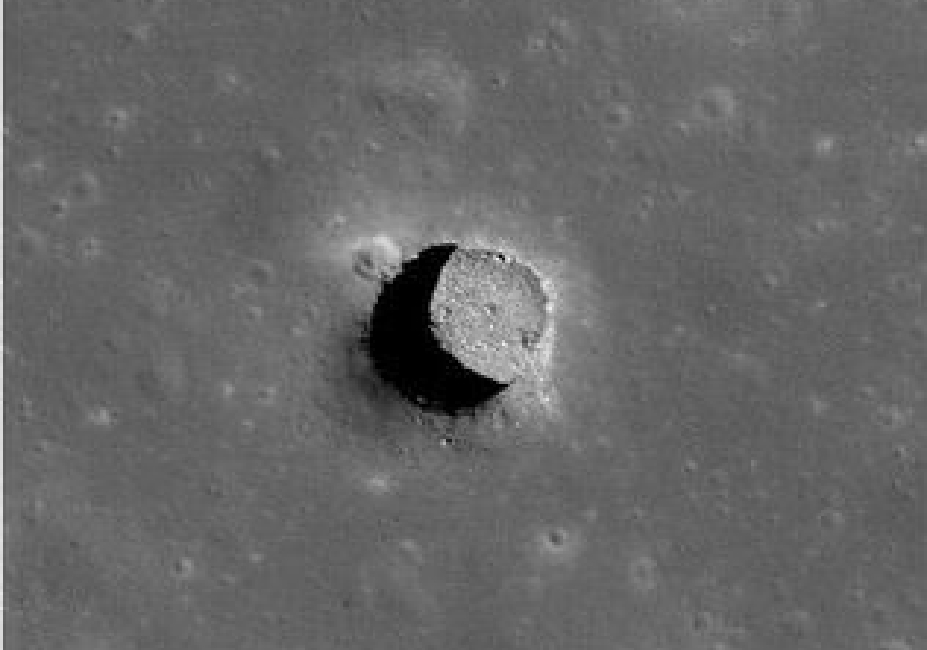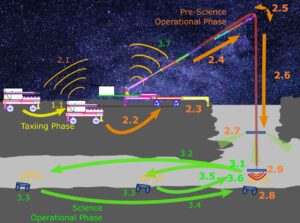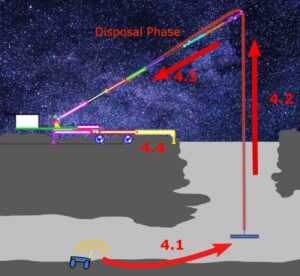
RoboCrane
RoboCrane es un proyecto llevado a cabo entre la Universidad de Oviedo, Universidad de Vigo y Allén Space. Consiste en un sistema de soporte mecánico, de potencia y de comunicaciones para el descenso y recuperación de exploradores de cuevas lunares. Está formado por un mástil, un sistema de balanceo, una cabeza portadora y para la conexión de potencia y repetidor de comunicaciones, ordenador de control, sensórica de posicionamiento, visualización, medición térmica, terminales y conversores de potencia, y terminales de comunicaciones.
Universidad de Vigo ha desarrollado la Ingeniería de Sistemas de la Fase 0, y la Ingeniería de Sistemas y Control Térmico para la CDF (Cuncurrent Design Facility) de la ESA (European Space Agency), encuadrada en la iniciativa “ESA Sysnova Lunar Caves initiative”, del subsistema grúa en el róver lunar perteneciente al proyecto OSIP LUNAR. El trabajo consiste en el soporte técnico y desarrollo en los campos de ingeniería de sistemas durante la fase 0, y de ingeniería de sistemas y de control térmico durante el desarrollo de la revisión de viabilidad (CDF) del proyecto OSIP LUNAR CAVES. Se realiza la elaboración de los requisitos de usuario, de sistema y subsistema, así como la elaboración del concepto de operaciones, la arquitectura funcional, el árbol del producto y los interfaces para la futura misión de la ESA con objetivo de exploración de una cueva en la zona ecuatorial lunar.
Asimismo, se definen y coordinan los diferentes presupuestos y análisis de sistema que se realizarán en esta fase, incluyendo el presupuesto de masa, los análisis de enlace, potencia y de datos. Estos análisis se realizan paramétricamente mediante el desarrollo de una herramienta que permite realizar diferentes iteraciones con los expertos de la ESA y de Daedalus (el otro proyecto participante de la CDF), y valorar los posibles conceptos de la grúa compatibles con diferentes configuraciones del aterrizador lunar y del róver que transportará la grúa. Por otra parte, también se realizan los trabajos de análisis de control térmico de RoboCrane, y la la revisión de control térmico del sistema completo junto con los expertos térmicos de la ESA.
Galería



